In the worldview of legendary bodybuilder Rich Piana, only 5% of the planet has the drive, determination, and discipline to truly fulfill their dreams. It was for the sake of this 5% that he founded 5% Nutrition. Piana wanted to produce supplements of the highest efficacy and purity for that driven 5% to use while they pursue their mental and physical goals.
Sadly, Rich Piana left us too soon, passing away at the young age of 46. In honor of his memory, the team at 5% Nutrition continues to expand the company's product line with fantastic new offerings. We know that Rich himself would be proud of their work, which has kept 5% Nutrition on the industry map as a premium supplement line.
The Mentality Nootropic from 5% Nutrition
Some might be surprised to find a bodybuilder's supplement line producing nootropics, but it actually makes perfect sense. In recent years, many of us have come to appreciate the importance and depth of the mind-body connection.
Our body's own nootropic compounds like acetylcholine and its precursors can directly improve certain aspects of physical performance, such as balance and coordination. It turns out that acetylcholine and its precursors are strongly targeted by Mentality.
The other reason this supplement makes sense is because getting after it day-after-day in the gym takes a lot of focus and motivation. A properly formulated nootropic supplement can definitely help you keep at your grind on the days when you don't feel like it at all.
And of course, even those of us who lift weights have plenty of goals outside the gym, whether professional, intellectual, or artistic. We understand that if supplementation is a worthwhile strategy for supporting our athletic objectives, it's worth considering as a strategy to support our other ambitions as well.
Rich Piana 5% Nutrition Mentality – Deals and Price Drop Alerts
Get Price Alerts
No spam, no scams.
Disclosure: PricePlow relies on pricing from stores with which we have a business relationship. We work hard to keep pricing current, but you may find a better offer.
Posts are sponsored in part by the retailers and/or brands listed on this page.
Ingredients
In a single two-capsule serving of Mentality Nootropic from 5% Nutrition, you get the following:
-
Mind Over Matter Mental Power Blend - 409mg
-
Panax Ginseng (root) extract
Ginseng is an adaptogen,meaning it helps to normalize the body's hormonal and metabolic processes. has been shown to have anti-fatigue, anti-anxiety, and antidepressant effects. Additionally, it can decrease reaction times[1,2] and optimize working memory, mathematical ability, and attention switching.[3]
-
L-Phenylalanine
Phenylalanine, an essential amino acid, is one of the precursors for tyrosine,[4] an amino acid that helps the body produce catecholamines and neurotransmitters like dopamine, adrenaline, and noradrenaline.[5] All of this can help you get in "the zone."
-
Theacrine (as TeaCrine)
There's good evidence that the incredibly long-lasting theacrine can increase mental and physical energy.[6] This isn't surprising since theacrine is a "chemical cousin" to caffeine,[7] which blocks adenosine receptors just like caffeine does.[8] Theacrine also stimulates dopamine receptors,[7] that help with motivation and focus.
-
Alpha Lipoic Acid (ALA)
Alpha Lipoic Acid (ALA) can help astrocytes (a certain type of glial cell) take in more glutamine,[9,10] which ultimately raises glutathione levels in neurons by 40%.[9] It also increases reuptake of acetylcholine, also called "the learning neurotransmitter" (and discussed below in the section with the choline sources) because of its central role in learning and memory consolidation.[11]
-
Ginkgo Biloba
Generally, this herb is used for memory enhancement, due to its ability to improve long-term potentiation,[12] But in a 2018 meta-analysis, ginkgo biloba extracts were shown to also help prevent cognitive decline[13] and reduce anxiety.[14]
-
Gotu Kola (Centella asiatica)
The leaves of the Ginkgo biloba tree are as beautiful and compelling as its extract is good for your brain
Gotu kola has been shown to decrease anxiety, stimulate neurogenesis (the process by which the brain creates new neurons), and promote the growth of dendrites and axons in brain cells (strengthens connections between neurons and increases neural efficiency).[15-18]
-
L-Theanine
Sourced from green tea leaves, theanine actually functions as a neurotransmitter in the brain[19] and produces feelings of relaxation without sedation[20] -- the best of both worlds. Theanine also has synergistic effects with caffeine,[21] another ingredient in Mentality.
-
Huperzia serrata (contains 1% huperzine A)
Huperzine A, the main bioactive constituent of Huperzia serrata, has been shown to inhibit acetylcholinesterase, an enzyme that breaks down acetylcholine.[22] Because of acetylcholine's central role in learning and memory consolidation, this translates to faster learning.
-
-
PsychoStim Adder-All-In Energy Burst - 310 mg
-
InnovaTea Natural Caffeine (Camellia sinensis tea extract) - Std. to 98% caffeine
Caffeine is as straightforwardly nootropic as it gets. It improves reaction
times,[23] attention,[23,24] and alertness.[24] Researchers describe caffeine as "an effective strategy to maintain physical and cognitive capabilities" while under duress.[24] There's also some evidence to suggest that caffeine increases working memory,[25] which is the primary factor in "fluid intelligence" that declines with age.
-
Infinergy DiCaffeine Malate
With dicaffeine malate, you're getting all the usual benefits of generic caffeine, except that, theoretically, metabolism of the caffeine molecule is "buffered" by malic acid, resulting in a longer, smoother action without nearly as much of a "caffeine crash." We haven't seen great research validating this theory, but there's support for it anecdotally after years of use.
-
Cocoa seed Extract
Stack this with 5 Percent Nutrition's Full as F*CK, which also got a Legendary upgrade to include 5 grams of L-Citrulline and more!
Likely due to its high content of polyphenol antioxidants and methylxanthines, such as caffeine and theobromine, cocoa has been shown to acutely benefit cognitive function. In one study, healthy young adults did better on verbal memory tests after eating dark chocolate.[26] Because of its ability to promote healthy brain aging, some researchers have proposed using cocoa extracts as therapeutics in the treatment of Alzheimer's disease.[27]
-
Guarana (Paullinia cupana) seed extract
Subjects given extracts of guarana typically show improved cognitive performance. In one study, people given guarana were significantly faster in completing tasks related to memory and attention.[28] Guarana even outperformed Panax ginseng in this study,[28] which is impressive given ginseng's widely accepted credentials as a nootropic substance.
-
Theobromine
As mentioned above, theobromine is one of the methylxanthines, and a close cousin of caffeine. Like caffeine, it inhibits phosphodiesterase and adenosine, which reduces feelings of fatigue and increases alertness, but has a longer half-life.[29-31] So it lasts longer and the crash is not as intense.
-
-
Lucid Focus Neurotransmission Blend
This is where we get our choline sources and a choline booster. Note that on the top of the label, we can see that we are getting 7% RDA of choline, so there's definitely more you can get -- either check out 5% Nutrition's Core Line or eat more eggs!
-
Alpha-Glycerylphosphorylcholine (Alpha-GPC)
Choline is a B-vitamin that helps maintain cell membrane structure and integrity.[32] It's the precursor to acetylcholine, which, as we mentioned above, is a neurotransmitter that plays a central role in learning and memory because of how it promotes neuron-to-neuron communication.[33] More choline means more acetylcholine, and more acetylcholine means better memory, learning, attention, and alertness.[34,35]
What's special about Alpha-GPC is that, unlike more generic forms of choline, it easily crosses the blood-brain barrier[36] and is more bioavailable.
-
Choline Bitartrate
Choline bitartrate is a more generic form of choline, but with a higher yield of choline. Supplementation with this nutrient has been shown to improve visuomotor performance.[37]
-
Dimethylaminoethanol bitartrate (DMAE)
There's not a lot of great evidence that DMAE does anything for human cognition, but it's stacked here because of the way it interacts with choline. In animal models, DMAE has been observed to spare choline metabolized in peripheral tissues, thus freeing up more choline for the central nervous system.[38] In a study on humans, DMAE basically functioned as a mood stabilizer, helping people with borderline emotional disturbance feel better.[39] The interesting thing about the human study is researchers used an EEG to show that DMAE had a positive effect on electrical brain wave activity.[39]
-
-
Added Vitamins
Rich ain't done yet:
-
Vitamin B-6 (as Pyridoxine Hydrochloride) - 12 mg (706% DV)
Vitamin B-6 is a precursor for various coenzymes in the body, which are involved in hundreds of different metabolic reactions and crucial for energy production throughout the body, including the brain.[40]
Among these coenzymes are pyridoxal 5' phosphate (PLP) and pyridoxamine 5' phosphate (PMP0), which are crucial for optimal protein metabolism.[40] Since neurotransmitters are basically synthesized from dietary protein,[41] it's actually not surprising to see vitamin B-6 included in a nootropic formula.
Vitamin B-6 is also important for hemoglobin synthesis, gluconeogenesis, and glycogenolysis,[40] all of which are important for supplying energy to the brain.
The extremely large dose of B-6 is no cause for concern because as with all the other B vitamins, B-6 is water soluble and any excess will simply and harmlessly be eliminated from the body.
-
Vitamin B-12 (as Methylcobalamin) - 1250 mcg (52,000% DV)
LEGENDARY Status: 5% Nutrition's All Day You May is moving to the white tub, but the formula is mostly unchanged. See how Rich Piana shattered the industry with this supplement, especially with that Southern Sweet Tea flavor!
One of our litmus tests for gauging how much a supplement company really cares about product quality is by looking at which form of B-12 they use. Methylcobalamin is objectively superior to the other main B-12 vitamer, cyanocobalamin. Not only because it's more bioavailable, but also because it's bound to a methyl group, which must be present for B-12 to fully participate in the metabolic processes that make supplementation with this vitamin worth it in the first place.
Specifically, methylated B-12 is the vitamer that participates in the methionine-homocysteine cycle. It's a process in which homocysteine is methylated and converted into methionine, an essential amino acid that's one of its precursors. This is important because too much homocysteine can cause inflammation and cardiovascular disease, and eventually, cognitive dysfunction[42] -- exactly what any good nootropic supplement should prevent.
As with B-6, vitamin B-12 is water soluble, so there's little need to worry about overdose.
-
Stacking for Workouts: Look at Full as F*(K and ALL DAY YOU MAY
If you're training with Mentality, you'll want to avoid a stimmed up pre workout like Kill It, Kill It Reloaded, or 5150. You can, however, add in Rich Piana’s Full As F*ck Pump Pre Workout for some insane pumps to drive next to this, and drink ALL DAY YOU MAY while training )(and for the rest of the day).
Also, dieters can consider adding in the stimulant-free Stage Ready weight loss aid and natural diuretic.
Conclusion: The Do-it-All Energy Nootropic
Mentality takes a kind of "kitchen sink" approach to nootropic activity, given the huge range of ingredients in its multiple proprietary blends. But a common denominator in many of these ingredients is their activity on the cholinergic system, which includes acetylcholine. Targeting acetylcholine is an awesome strategy for boosting cognitive performance, and one of the best-attested to in the research literature.
This is the latest in several supplements that have shifted from the original black bottles to the new white "Legendary" bottles. As we continue to cover these formulas and flavors, you can sign up for our 5% Nutrition news alerts below:
Rich Piana 5% Nutrition Mentality – Deals and Price Drop Alerts
Get Price Alerts
No spam, no scams.
Disclosure: PricePlow relies on pricing from stores with which we have a business relationship. We work hard to keep pricing current, but you may find a better offer.
Posts are sponsored in part by the retailers and/or brands listed on this page.

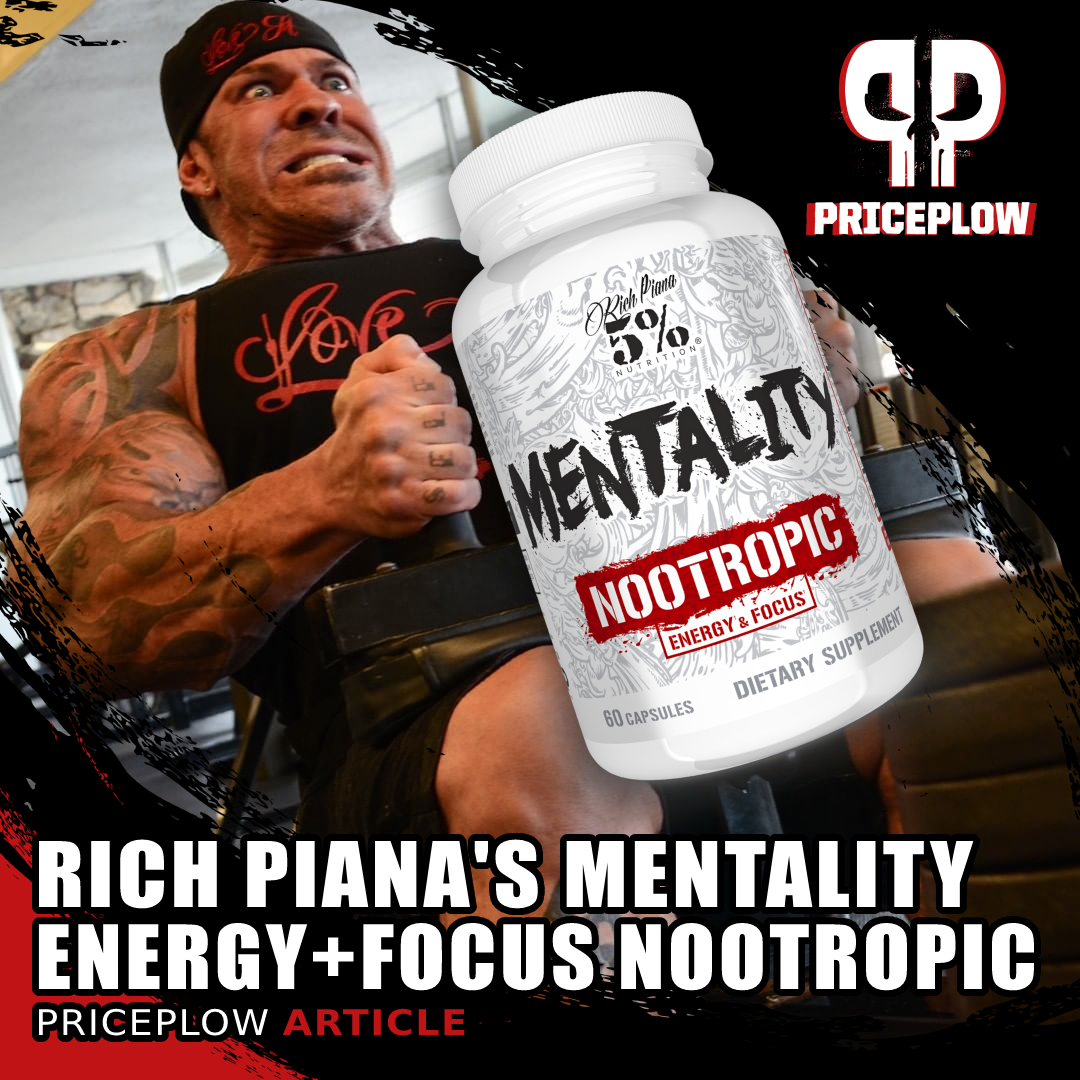


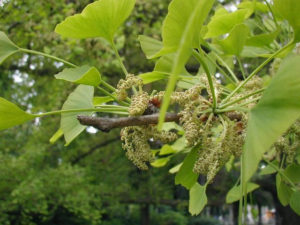
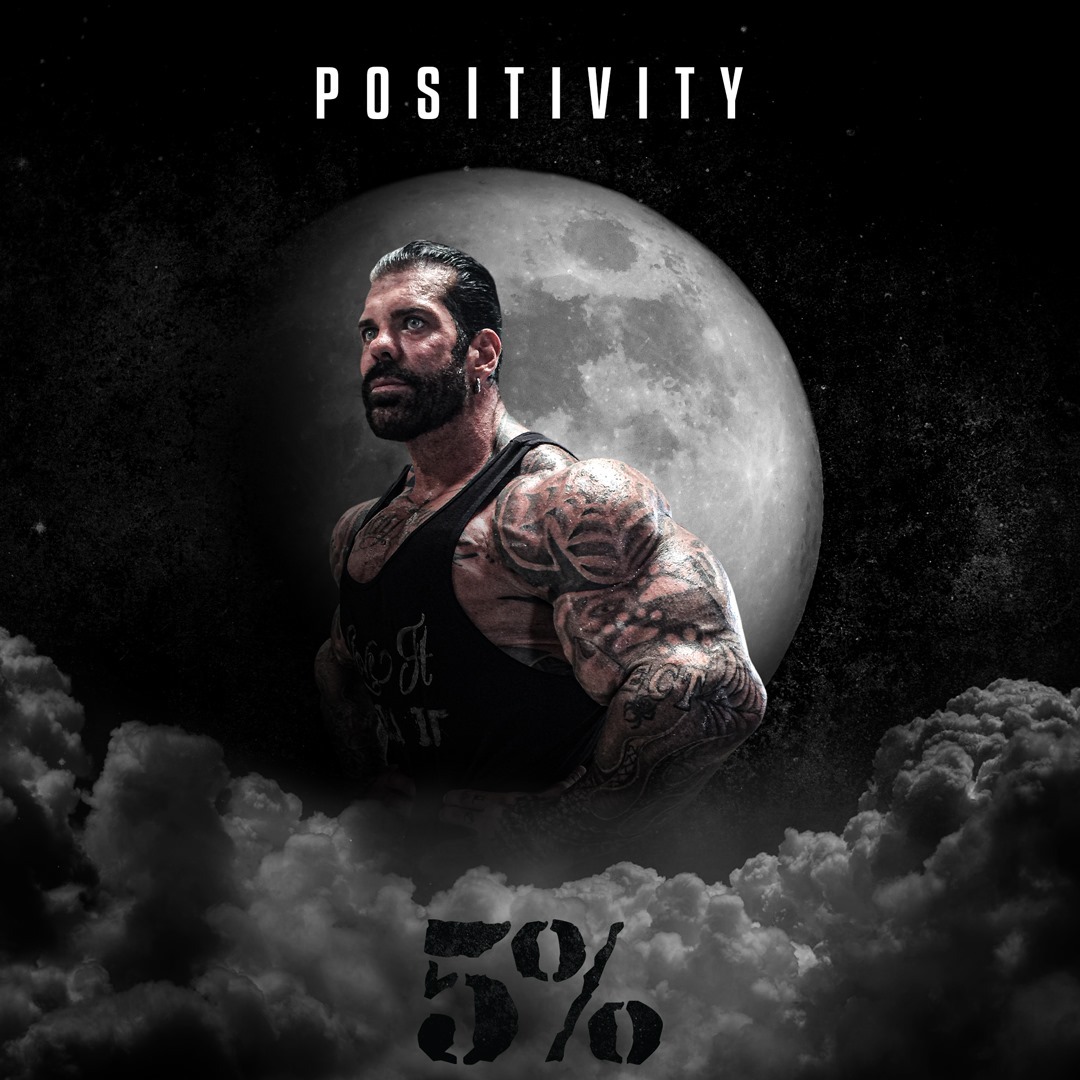
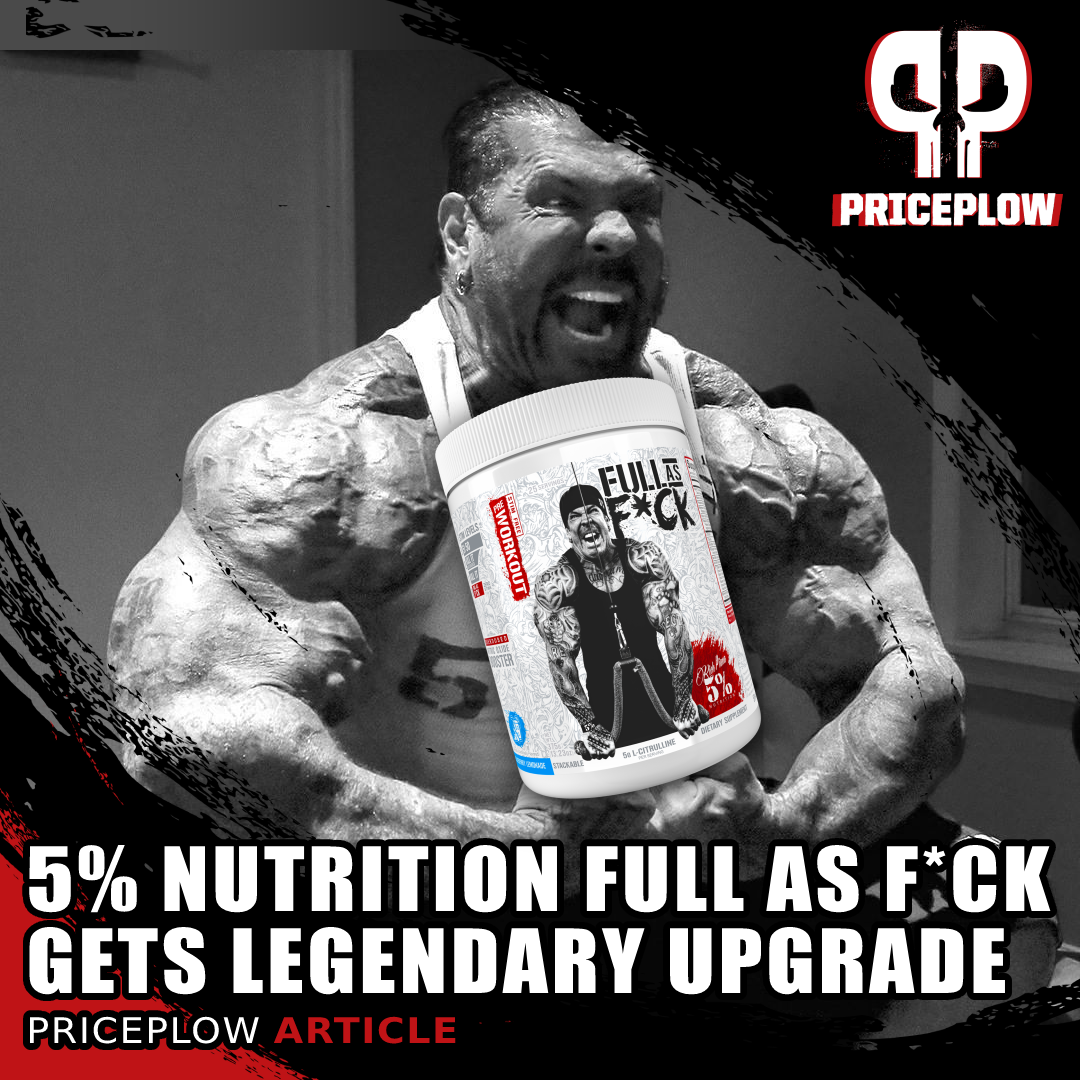
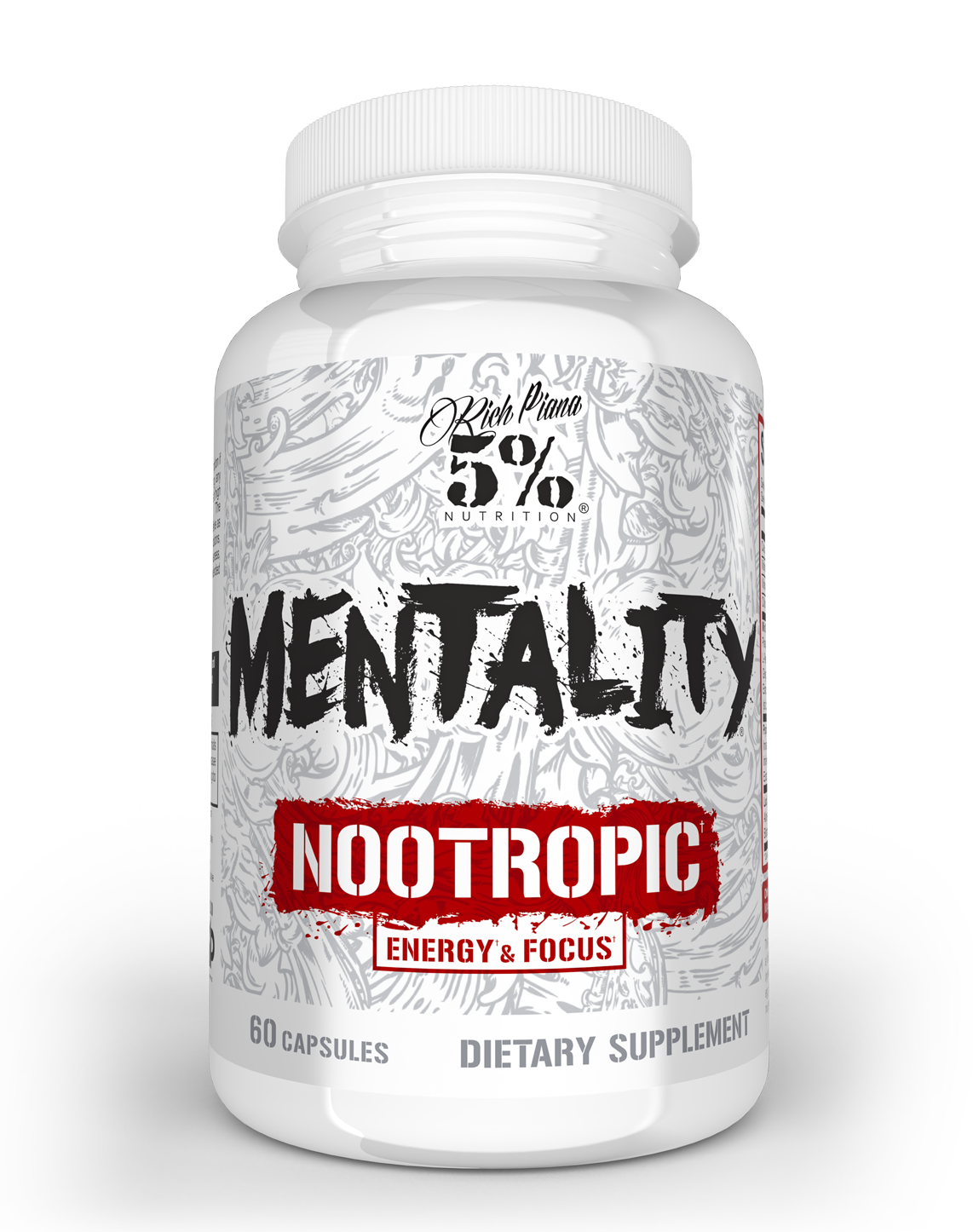


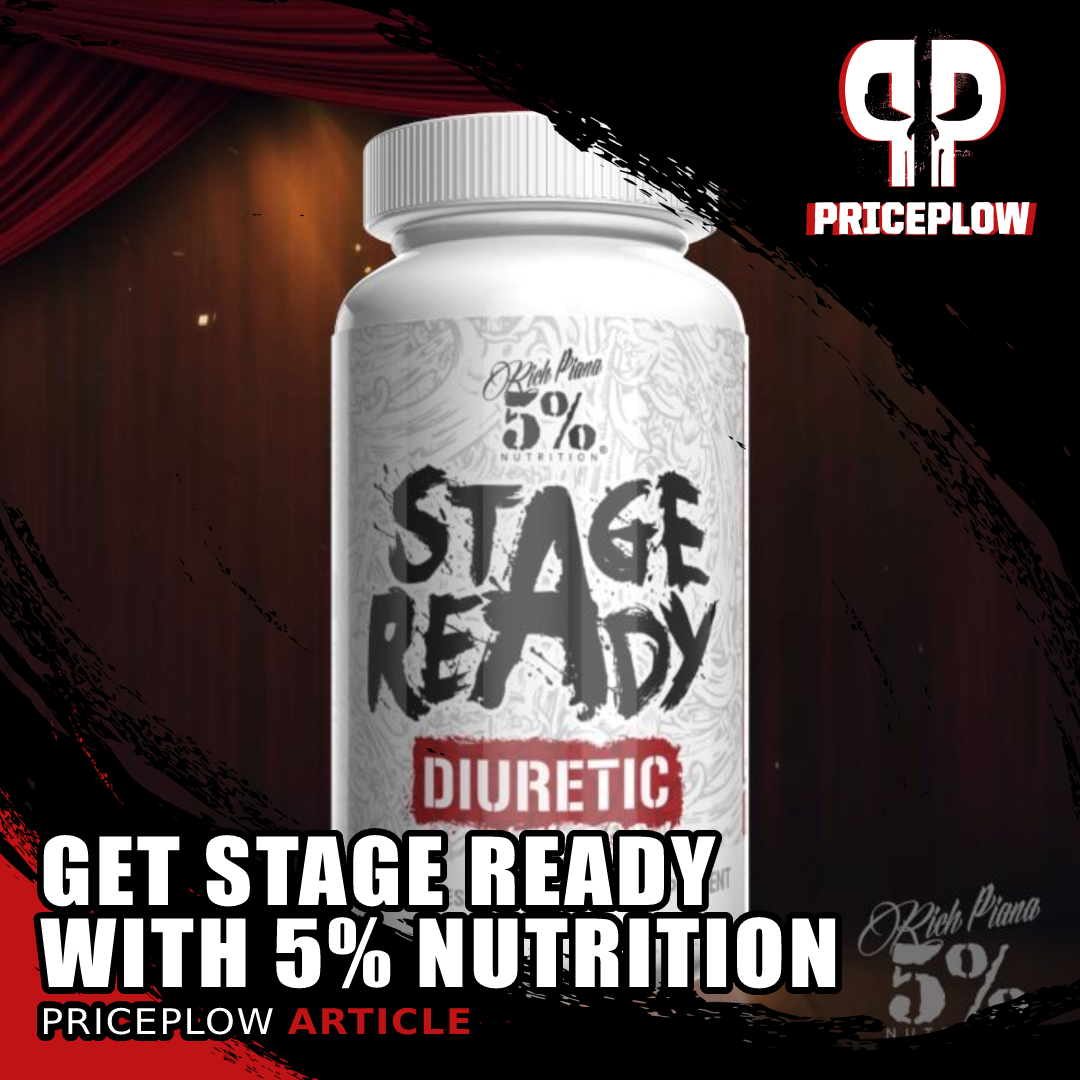


Comments and Discussion (Powered by the PricePlow Forum)